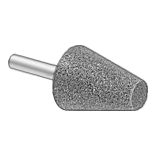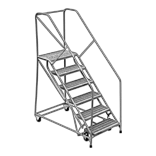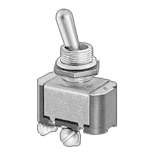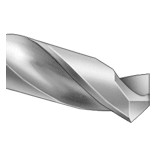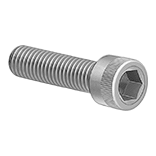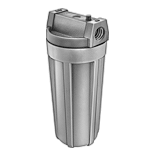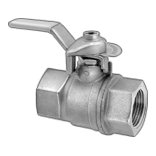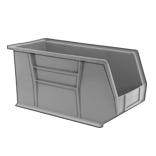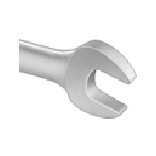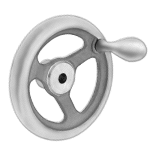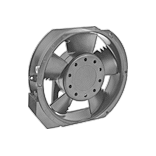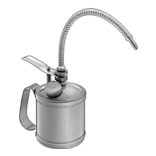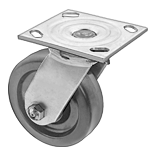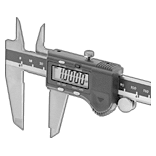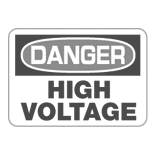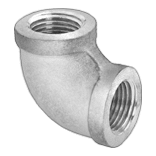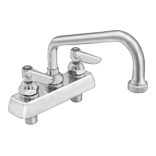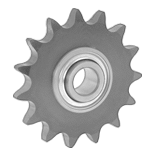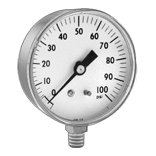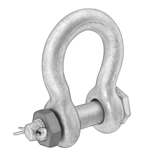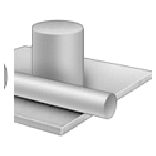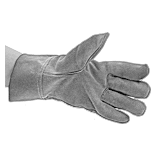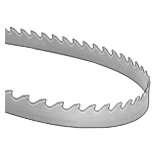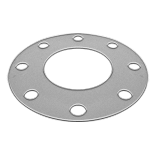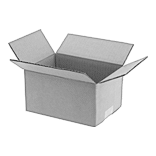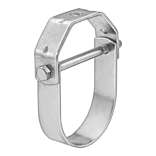Neutralization Tanks
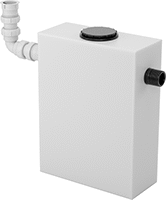 |
Style A |
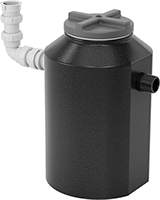 |
Style B |
For safe and legal disposal of corrosive chemicals, these tanks neutralize acid waste before it drains into sewer systems. Fill them with limestone chips (sold separately), which chemically react with waste to reduce its acidity. Often used in labs, these tanks rest on a solid surface below your sink. The inlet attaches to your sink drain where a P-trap would go, and the outlet threads into your drain pipe. These tanks are made of polyethylene to withstand prolonged contact with harsh chemicals.
Choosing a tank size involves several factors, including how much waste you generate and the types of chemicals you plan to treat. For effective neutralization, waste should spend three hours in your tank before exiting via gravity flow. Select a tank that is greater in size than the volume of chemicals you plan to dispose of in a three-hour period.
Styles A and B—Style A and B tanks have larger capacities to process greater amounts of waste.
Limestone Chips—Before use, fill your tank up to the outlet with limestone chips. One 50-lb. bag of chips will fill a five-gallon tank. Schedule regular maintenance to clean your tank and check the chip level—neutralization will erode chips over time. Disposing of non-chemical waste, such as coffee grounds, into these tanks will make the limestone chips less effective.
